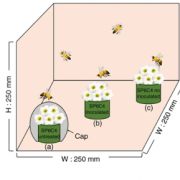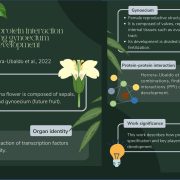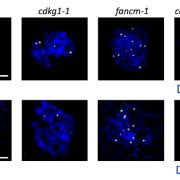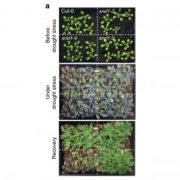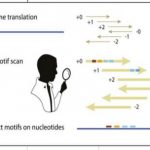Trafficking of VHA-a isoforms in Arabidopsis thaliana (bioRxiv)

Vacuolar-type ATPase (V-ATPase) is a highly conserved enzyme but functionally diverse among eukaryotic cells. V-ATPases couple the energy released by ATP hydrolysis to pump protons across membranes of many cell types. In Arabidopsis, the V-ATPases containing different isoforms of V-ATPase catalytic subunit A (VHA-a) are sorted in the endoplasmic reticulum (ER); however, it is not clear how these isoforms are targeted in the cell. Lupanga et al. identified a VHA-a1 targeting domain (a1-TD) that is conserved among seed plants; this a1-TD is required for COPII-mediated ER-export and retention in trans-Golgi network/early endosome (TGN/EE). When mutated in the VHA-a1-TD residue, this VHA-a1 subunit could partially replace the tonoplast V-ATPase (VHA-a2 and VHA-a3). By contrast, the liverwort Marchantia (a non-seed plant), has only single copy of VHA-a, which is predominantly localized to the tonoplast and partially co-localized at the TGN/EE. Interestingly, the predicted-to-be lethal null alleles of VHA-a1 have a dwarf phenotype. Further studies showed the function of VHA-a1 is critical for pollen development but can be replaced by VHA-a2 and VHA-a3 during vegetative growth. Overall, this study found a novel targeting motif for V-ATPase and revealed its essential function for pollen development. (Summary by Min May Wong @wongminmay) bioRxiv 10.1101/2020.06.30.179333


